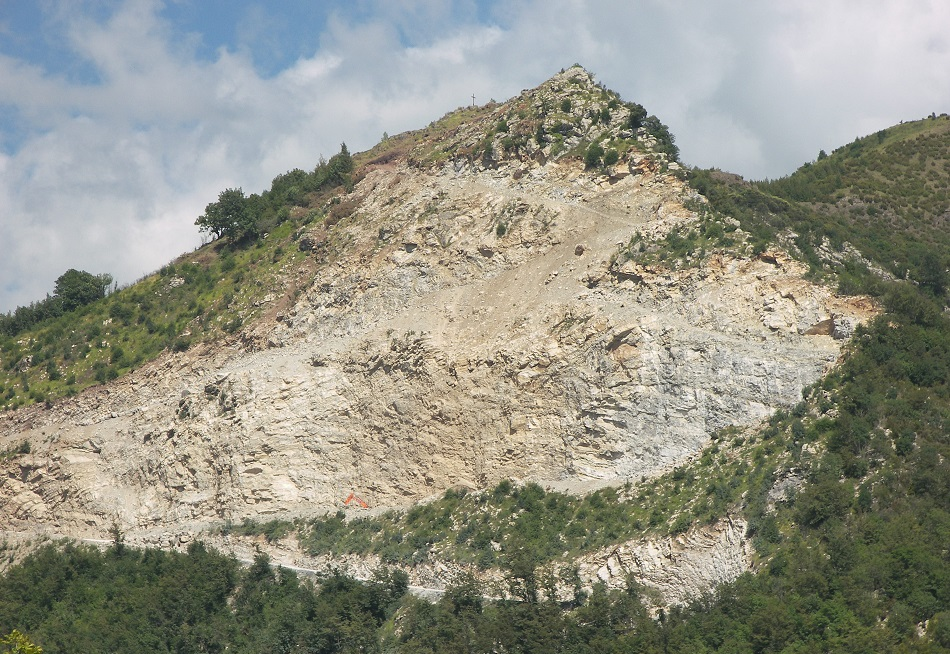Sep 19 2014

Image Credit: francesco cepolina/Shutterstock.com
Cavoite was named after the elements in its composition – calcium, vanadium, and oxygen - and also in allusion to thorianite and uraninite. The mineral can be made synthetically and is often confused with thorianite and uraninite.
Chemical Formula – CaV3O7
Properties of Cavoite
The following are the key properties of cavoite:
Cell Data
- Space group: Fm3m
- a = 5.41–5.42
- Z = 4
Crystal Data
- Cubic
- Point group: 4/m 3 2/m
- As octahedra, to 2 cm
- Earthy, massive
- X-ray powder pattern: 3.124 (100), 1.913 (51), 1.632 (44), 2.706 (29), 1.241 (15), 0.9146 (13), 1.1044 (12)
Chemical Composition
| Elements |
Content (%) |
| V |
47.42 |
| O |
37.37 |
| Ca |
12.70 |
| Si |
2.06 |
| K |
0.26 |
| Mn |
0.18 |
| Total |
100.00 |
Optical Properties
- Optical class: Isotropic
- n = > 2
Estimated Properties
| Electron density |
Bulk density (electron density) = 3.34 g/cm3
note: Specific gravity of cavoite = 3.50 g/cm3 |
| Photoelectric |
PECavoite = 10.89 barns/electron
U=PECavoite x ρ electron density= 36.34 barns/cm3 |
| Fermion index |
Fermion index = 0.0024995067
Boson index = 0.9975004933 |
Radioactivity
|
Cavoite is radioactive ( barely detectable)
|
How to Identify Cavoite
Cavoite can be identified in the field by its colorless form. Its transparent form has no cleavage. This mineral has a vitreous luster with a white streak. The fracture on this mineral is brittle, much like that displayed in glass and non-metallic minerals.
Occurrence of Cavoite and Useful Mineral Association
Cavoite occurs sparingly in partially absorbed inclusions of wall-rock in a dike-like zone of carbonate rock cutting nepheline syenite; as a secondary mineral weathered from phonolites and nepheline syenites; and in pegmatite, a coarsely crystalline granite.
It is often associated with minerals such as nepheline, tremolite, apatite, feldspar, magnetite, ilmenite, calcite, hydromica, kaolinite, “limonite”, fluocerite, tornebohmite, and bastnasite.
Sources and Further Reading
This article was updated on 3rd February, 2020.